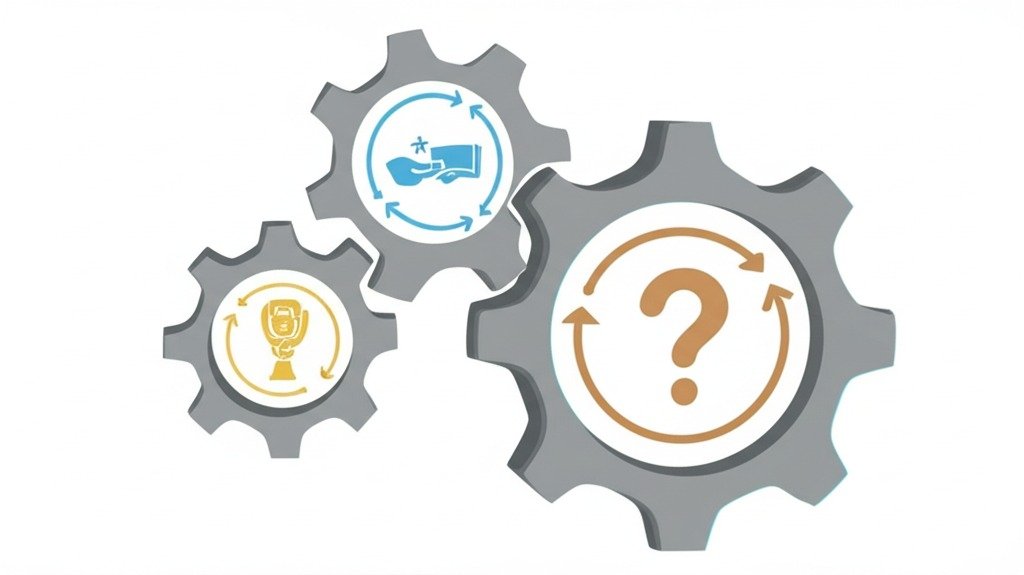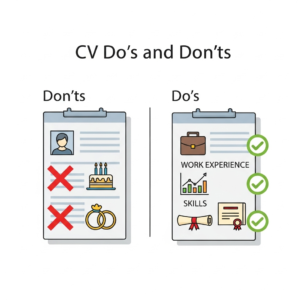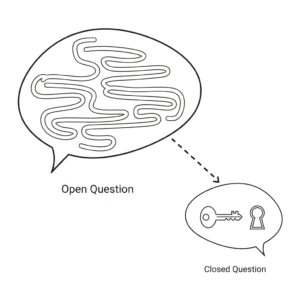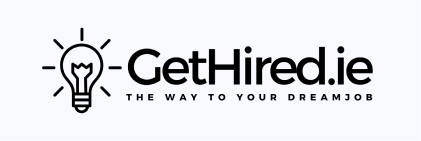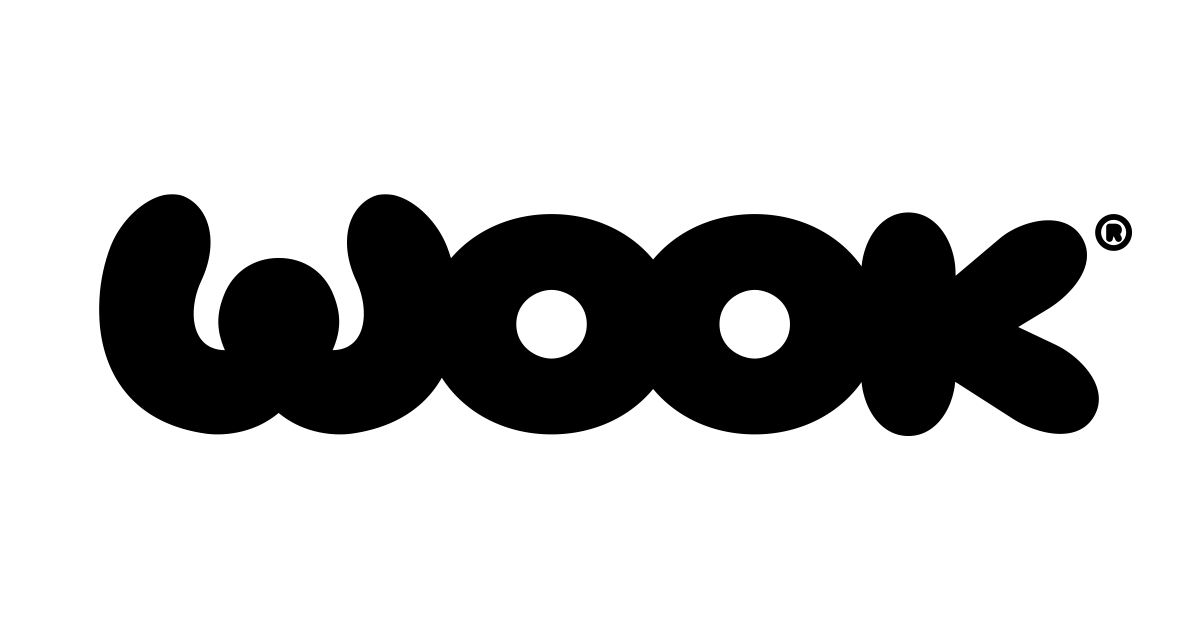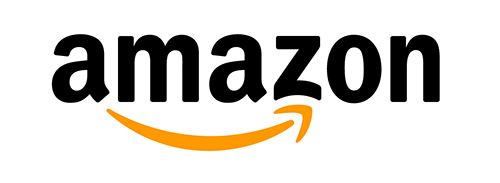In the world of recruitment, we often hear about the STAR or CAR method for interviews—but in today’s fast-changing job market, those might not be enough. As roles become more dynamic and learning agility becomes critical, we need to assess not just what candidates did, but also what they learned—and how they deliver value.
That’s where PARLA and FAB come in.
These two frameworks give hiring managers, HR professionals, and career coaches deeper, more modern tools to assess talent. Whether you’re trying to understand a candidate’s learning curve or how they create impact, these models bring clarity, structure, and depth to interviews.
🎯 What is the PARLA Framework?
PARLA stands for:
- Problem: What challenge did they face?
- Action: What did they do to address it?
- Result: What was the outcome?
- Learning: What did they learn from the experience?
- Application: How did they apply that learning in future situations?
PARLA is especially useful for roles that require resilience, continuous learning, and strategic thinking.
💡 Why it matters: A LinkedIn Workplace Learning Report (2023) showed that 94% of employees would stay longer at a company that invests in their learning. When you evaluate learning ability during the interview using frameworks like PARLA, you’re hiring for both potential and retention.
📖 “Learning is not attained by chance; it must be sought for with ardor and attended to with diligence.” – Abigail Adams
🧠 Example Using PARLA
“In my last role, we had a major client withdraw unexpectedly (Problem). I initiated a retention campaign for other at-risk clients (Action), which reduced churn by 35% (Result). I learned that proactive engagement based on data is more effective than reactive outreach (Learning), and I now regularly use predictive analytics to flag at-risk clients in new roles (Application).”
📦 What is the FAB Framework?
FAB stands for:
- Feature: What did you do? (Skill, project, tool used)
- Advantage: What’s the benefit of that feature?
- Benefit: How did it deliver value to the company or customer?
Originally from the world of sales and marketing, FAB has now evolved as a way to evaluate value creation and outcome-driven thinking, particularly in business development, product, customer service, and commercial roles.
💡 Why it matters: According to McKinsey’s State of Organizations Report (2023), companies that hire for value alignment and delivery outperform competitors by 25% in revenue growth. FAB helps identify those candidates who understand the why behind their actions—not just the what.
📖 “People don’t buy products. They buy better versions of themselves.” – Don Draper, Mad Men
💼 Example Using FAB
“In my previous role, I created a client onboarding guide (Feature), which reduced setup time by 40% (Advantage) and improved client satisfaction by 28% (Benefit).”
Simple. Clear. Impact-focused.
🔄 PARLA vs. FAB: Which One to Use?

Think of PARLA as assessing the “how do you grow?” And FAB as measuring “how do you add value?”
📌 Final Thoughts: Why They Matter in HR Today
As hiring professionals, we need tools that go beyond surface-level accomplishments. We need to understand:
- Can this person bounce back from failure?
- Can they learn and apply new insights?
- Can they deliver value in measurable, consistent ways?
Using PARLA and FAB during interviews ensures your hiring process is future-focused, inclusive of learning agility, and tuned into the true impact of a candidate’s contributions.
These frameworks are not just tools—they are lenses through which we view potential.
💬 Let’s talk: Have you used PARLA or FAB in your interviews? Which one do you prefer and why?
📌 Save or share this with a colleague who’s leading interviews soon!
🔔 Follow @GetHired.ie for more hiring frameworks, career coaching tips, and real-world HR strategies

